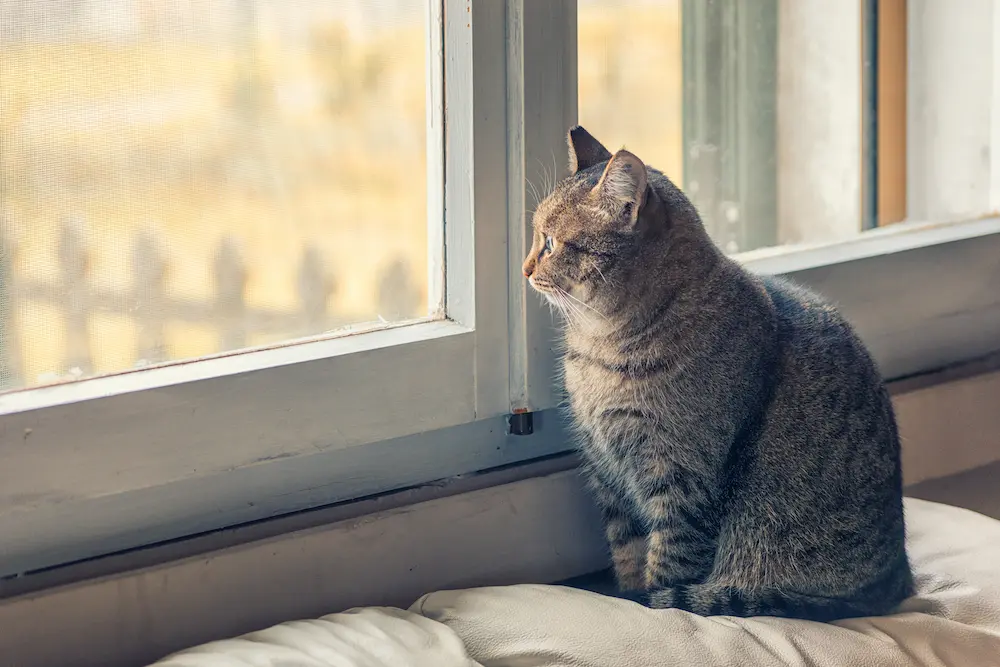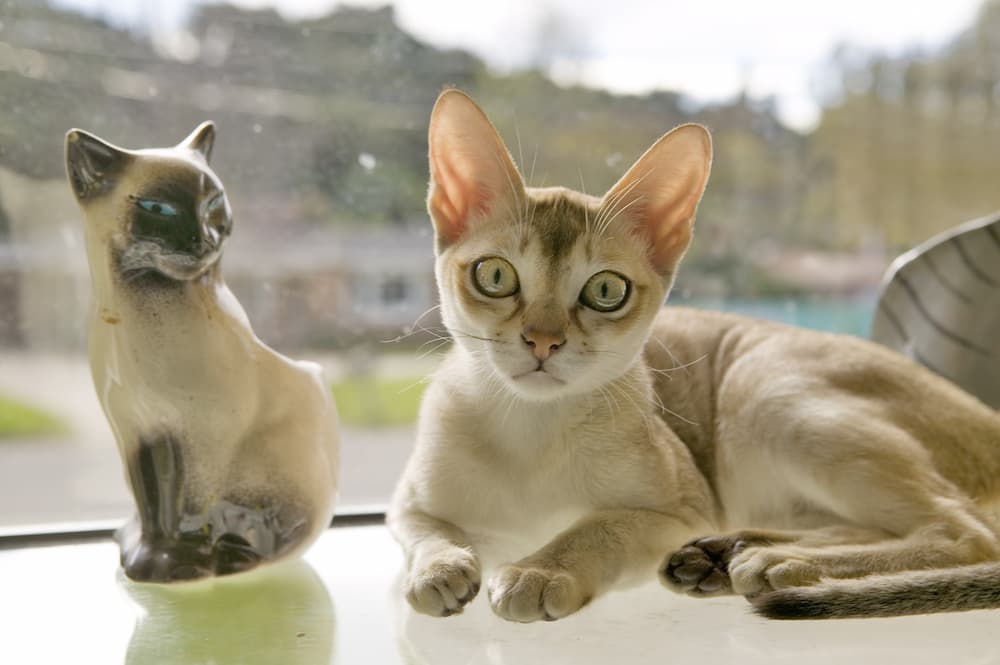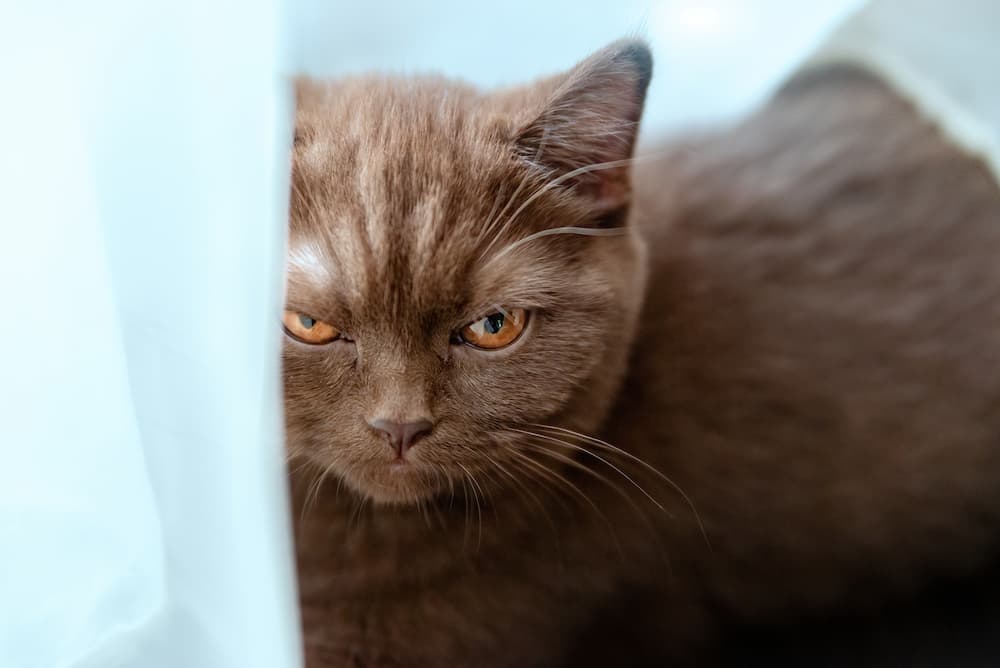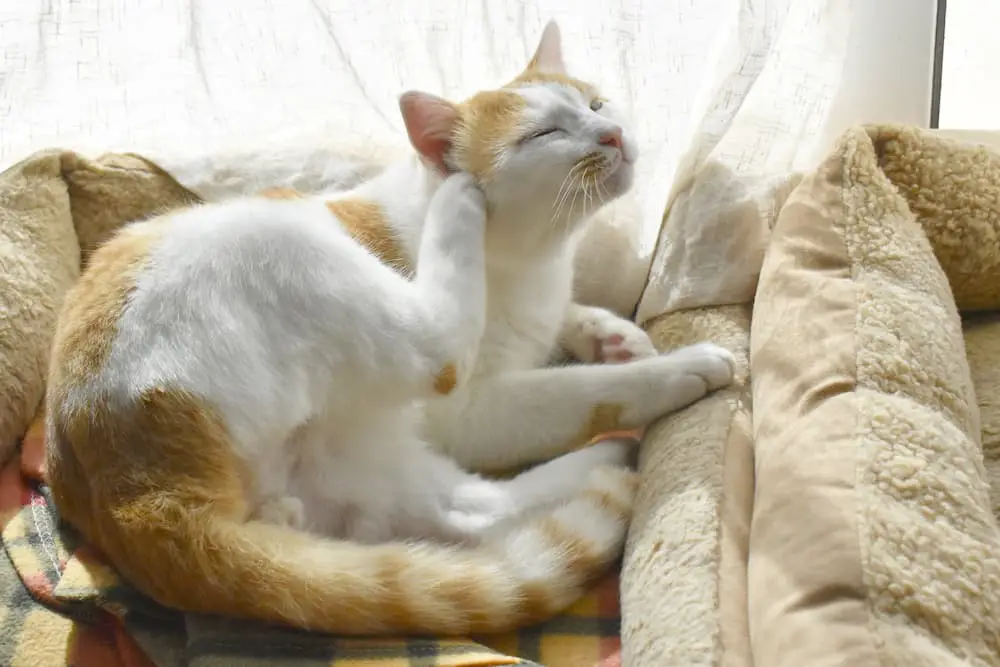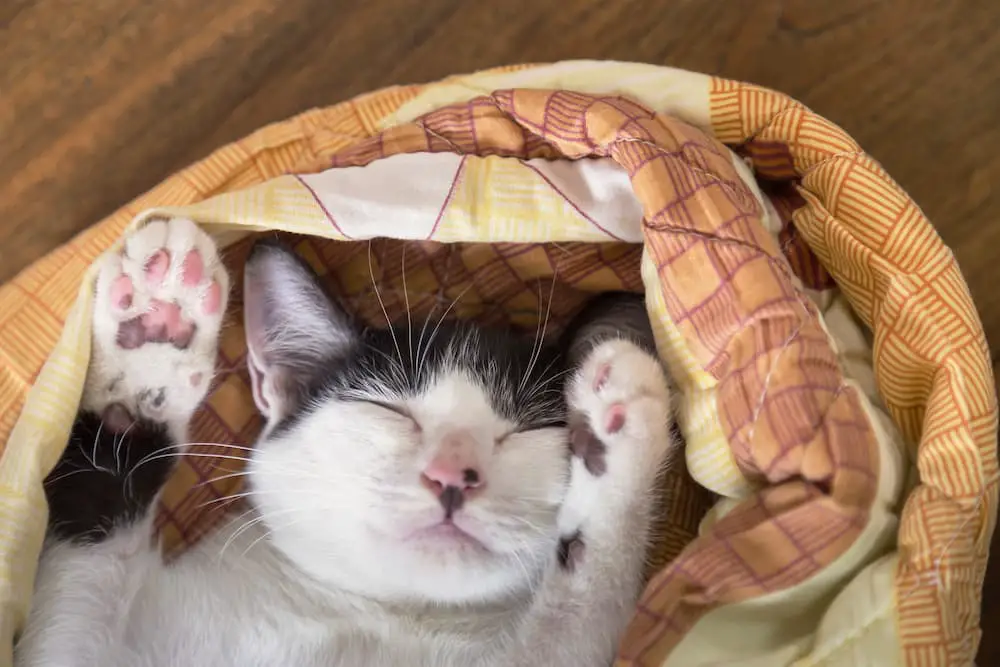Whisker fatigue, or whisker stress, is a phenomenon that, while sounding like a feline fairy tale spun by overly concerned cat parents, is a real issue that can affect your furry friend’s daily life. Picture this: you’ve just served your cat’s favorite gourmet pate, but instead of the usual eager feast, they approach the bowl hesitantly, paw at the food, and ultimately walk away. You’re left puzzled and concerned. Does your cat not like the food anymore? Are they sick? Or could it be that your beloved pet is suffering from whisker fatigue?
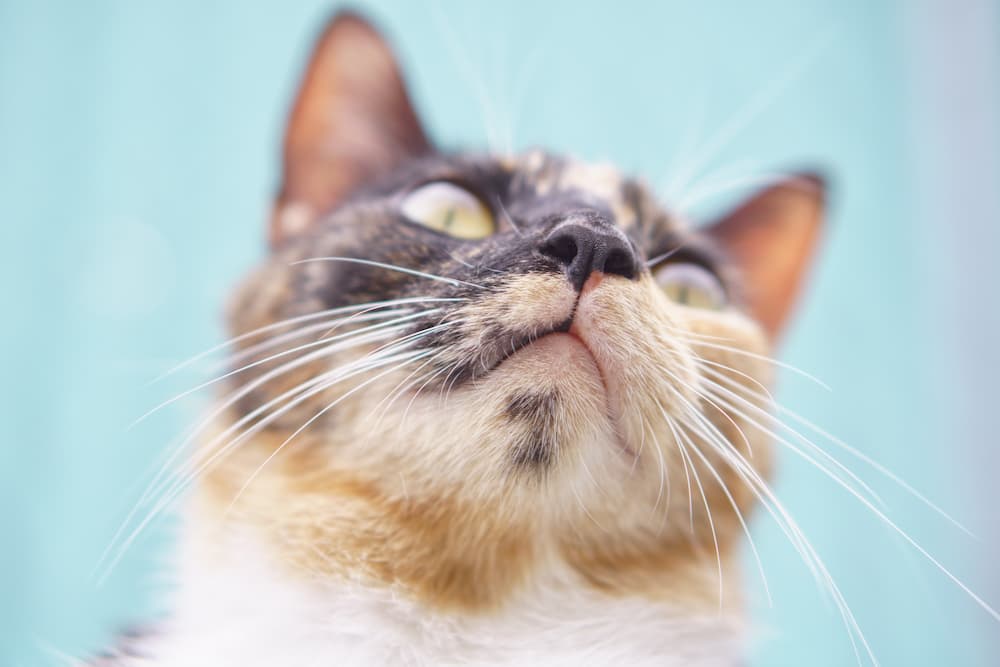
Understanding Cat Whiskers
To truly understand whisker fatigue, we first need to dive into the specialized world of feline whiskers. Cat whiskers, or ‘vibrissae’, are far more than just ordinary hair. They are packed with sensitive nerve endings and blood vessels. They are so sensitive that they can even detect changes in air currents! This sensitivity makes them an essential tool for navigation, especially in dimly lit environments, as they provide cats with detailed information about their surroundings.
But the whiskers’ role extends beyond spatial awareness. They are also crucial for communication. Whiskers are a window into a cat’s mood. When relaxed, a cat’s whiskers will sit in a neutral position, extending out sideways from their face. When scared or excited, the whiskers will pull forward tightly against the face. So, whiskers are not just tactile tools for cats, but also emotional barometers, responding to their internal feelings and external environments. This heightened sensitivity, while a superpower, can also lead to what we call ‘whisker stress’ or ‘whisker fatigue’.
What is Cat Whisker Fatigue?
Cat Whisker Fatigue, also known as ‘whisker stress’, is a somewhat controversial term used to describe the sensory overload that can occur when a cat’s highly sensitive whiskers touch the sides of a food or water bowl. Every time a whisker comes into contact with a surface, it sends a signal to the cat’s brain. When this happens continuously, say during feeding, it can lead to an overstimulation of sensory signals, causing the cat distress, or ‘fatigue’. This can make meal times stressful and confusing for your cat, leading to unusual behaviors like pawing at food or seeming hesitant to eat, even when presented with their favorite meals.
The term ‘whisker fatigue’ is not scientific, and you won’t find it in veterinary textbooks. This is probably why there’s some debate among cat owners and veterinarians about whether it’s a real condition. The term started cropping up in discussions on cat-centered internet forums and social media platforms a few years ago, and its use has since increased. Despite the lack of formal recognition, many cat parents swear by the noticeable positive changes in their feline friends after addressing potential causes of whisker fatigue.
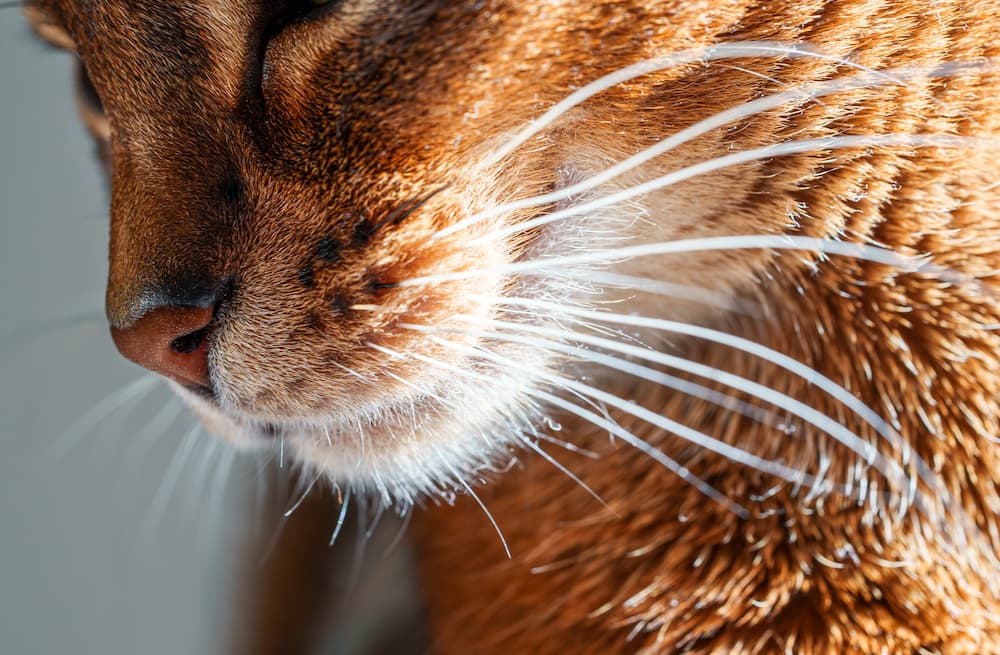
Signs and Symptoms of Whisker Stress
Despite whisker fatigue not being an officially recognized diagnosis, some signs and symptoms might indicate your cat is experiencing this sensory overload. You might notice changes in your cat’s eating behavior—perhaps they seem hesitant to stick their face in the food bowl, or they might paw at their food and scatter it around before eating. They might show signs of stress, such as restlessness, increased aggression, or a sudden change in their usual behavior. It’s also possible that you might see them rubbing their face against objects more often or behaving unusually around their water or food bowls. It’s important to remember that these signs can also be indicative of other health issues, so it’s always smart to consult with a veterinarian if you notice significant changes in your cat’s behavior.
Expert Opinions Differ
In the scientific community, the term ‘whisker fatigue’ continues to generate mixed reactions. Some experts affirm the existence of this condition, citing the profound sensitivity of feline whiskers and the potential for sensory overload. They argue that this overload can manifest as behavioral changes often attributed to whisker fatigue.
On the contrary, some veterinarians and animal behaviorists express skepticism, pointing to a lack of formal research and scientific evidence supporting whisker fatigue. They argue that similar symptoms could be indicative of other behavioral or medical issues. Despite the ongoing debate, what unites every cat enthusiast, veterinarian, or researcher is the commitment to understanding our feline friends better and ensuring their overall well-being.
Cat Whisker Stressors
Just as environmental stressors can affect humans, they can also play a significant role in whisker fatigue in cats. Factors such as noisy surroundings, frequent changes in living spaces, or even a crowded feeding area can create a tense environment for your cat, contributing to whisker stress. Additionally, a diet that does not adequately meet your cat’s nutritional needs can also have an adverse effect on their whisker health, leading to increased sensitivity. Finally, improper grooming practices, especially around the whisker area, can cause discomfort to your feline friend and exacerbate whisker fatigue. Remember, the whiskers are an incredibly sensitive part of a cat’s body, and any small irritant can lead to significant distress.
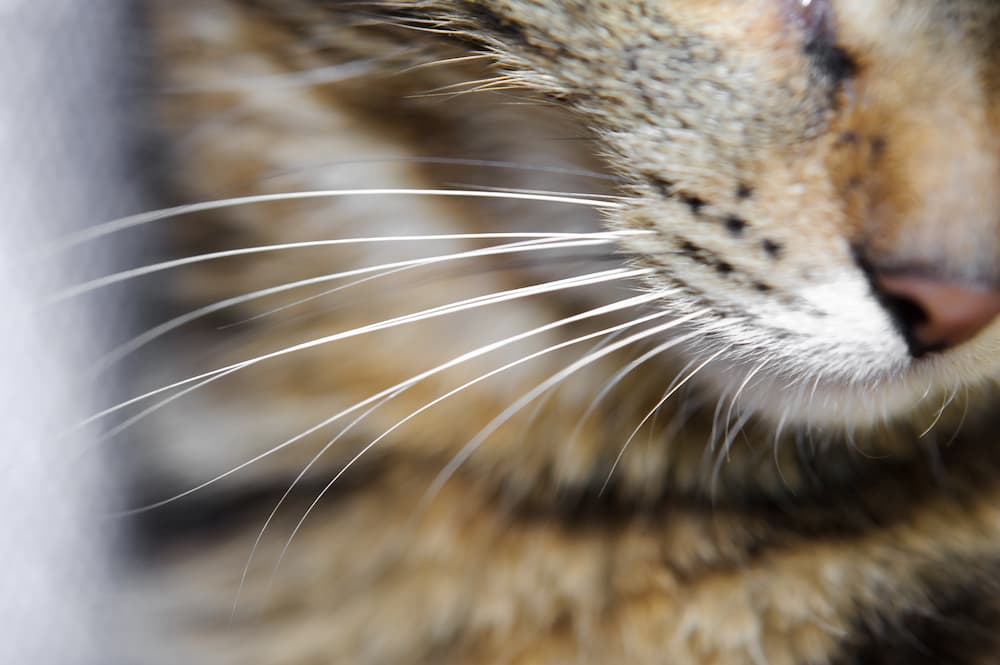
Tips for Cat Whisker Well-Being
Taking care of your feline friend’s whisker health involves creating a whisker-friendly environment and minimizing potential stressors. One effective way to promote a healthy whisker environment is by choosing “whisker-friendly” wide, shallow food and water dishes for your pet. These dishes should allow your cat to eat or drink without their whiskers touching the sides, helping to reduce the sensory overload that leads to whisker fatigue. Additionally, placing your cat’s food and water dishes in a quiet, low-traffic area can also help reduce their stress levels during meal times.
In addition to providing a suitable feeding environment, regular and gentle grooming practices can significantly contribute to your cat’s whisker health. It’s crucial to remember never to trim your cat’s whiskers as this can lead to disorientation, fear, and stress. Instead, gently clean the whisker area with a soft, damp cloth to remove any food or dust particles. Ensuring your cat’s diet meets their nutritional needs can also contribute to a healthier whisker environment. Nutrient deficiencies can make your cat’s whiskers more sensitive, so providing a balanced diet is key. By following these tips, you can contribute to a happier and less stressed life for your feline friend.
Conclusion
In conclusion, whisker fatigue, or whisker stress, may not be scientifically proven or universally accepted, but the experiences of many cat owners suggest that it could be a real issue affecting our feline friends’ well-being. The ongoing debate among cat enthusiasts, veterinarians, and researchers underlines the importance of further studies and discussions about this subject.
Regardless of one’s stance on whisker fatigue, the observable behavioral changes associated with this condition serve as a reminder that our cats’ comfort and health should always take precedence.
Therefore, we encourage cat parents to stay attentive to their pet’s behavior, particularly around meal times, and to consider making simple changes like providing wider, shallower feeding dishes. Regular, gentle grooming and a balanced diet can also contribute to a healthier whisker environment.
And while we stay vigilant about our pets’ well-being, we also need to keep an open mind about emerging research in the understanding of our fascinating feline companions. After all, every whisker of knowledge helps us be better parents to our beloved cats.
The Catington Post is reader-supported. That means, if you make a purchase through links on our site, we may earn an affiliate commission. All images and names which are not the property of The Catington Post are the property of their respective owners.

